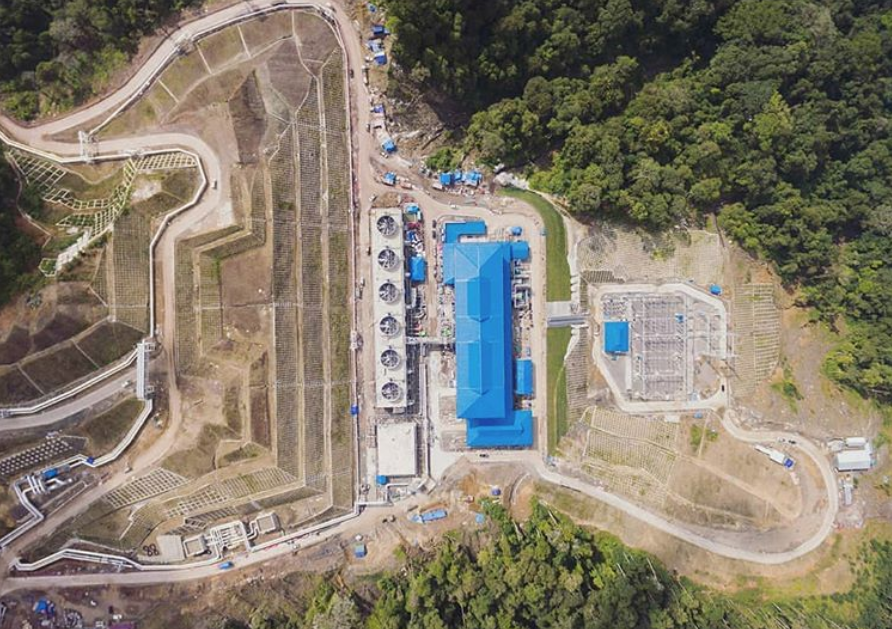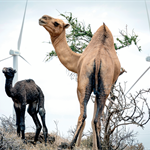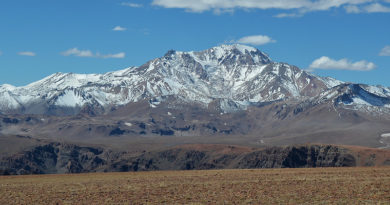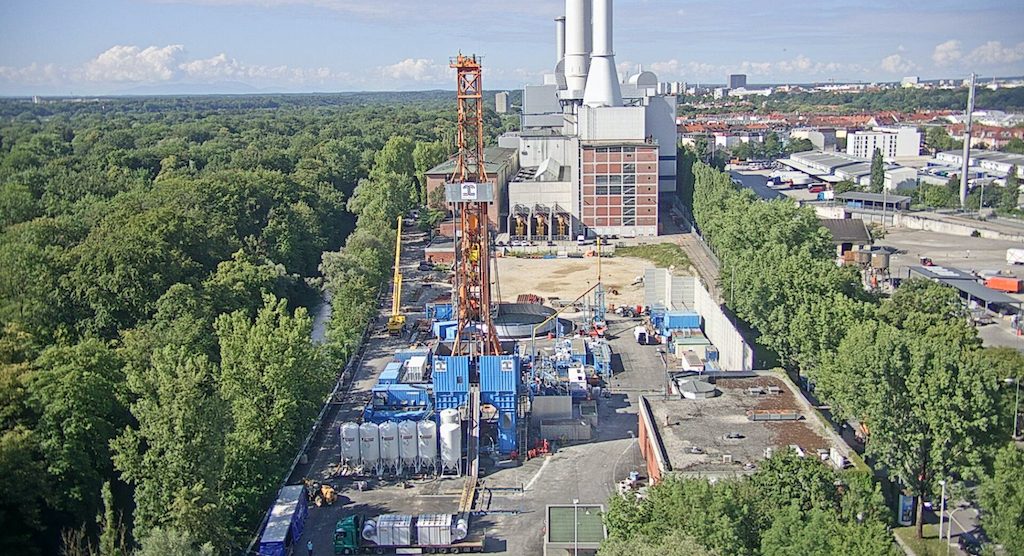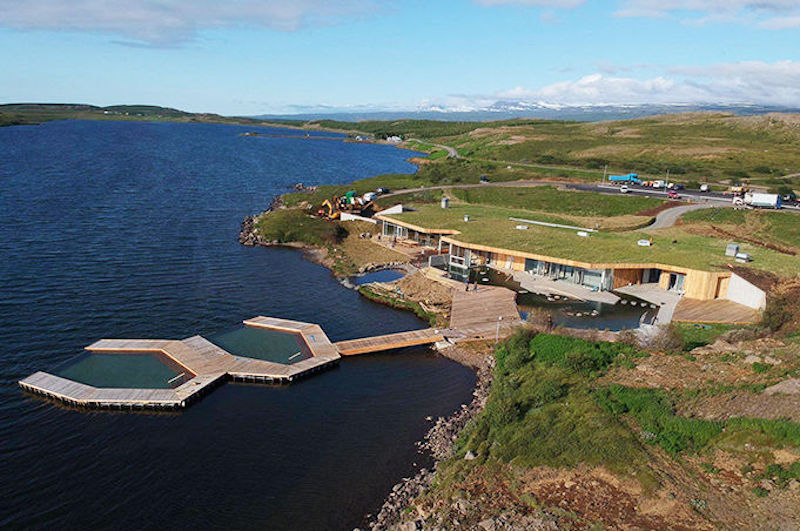State-owned enterprises driving Indonesian geothermal development
Energy Disrupter
State-owned enterprises have played a major role in developing the thriving geothermal industry of Indonesia, yet still find challenges in competing with coal-fired power plants.
An editorial piece published in VOI looks at the major role that State-Owned Enterprises (SOE) or Badan Usaha Milik Negara (BUMN) play in the success of geothermal projects in Indonesia.
Indonesia currently has an installed geothermal generating capacity of 2,276 MW, having surpassed the Philippines to be hold the 2nd place globally. Still, this is a small fraction of the 23.7-GW estimated geothermal reserves of the country.
Geothermal development in Indonesia has mostly been done by three SOEs – PT Pertamina Geothermal Energy (PGE), PT PLN Gas and Geothermal, and PT Geo Dipa Energi. Of the three, PGE is the SOE that has played the biggest role in geothermal development.
PGE currently has a total geothermal power generation capacity of 1,877 MW across 13 geothermal working areas (WKP) in Sumatra, Java, Bali, and North Sulawesi. 672 MW of this capacity is independently operated while the remaining 1205 MW is managed through joint operation contracts. This corresponds to about 82% of of Indonesia’s total geothermal installed capacity and saves up to 9.7 million tons of CO2 emissions per year.
Despite SOEs playing the major role in geothermal development, regulation remains a challenging aspect. Until now, the rates of geothermal power are not competitive with power from coal-fired plants.
“Geothermal cannot compete with coal when the price of coal is below 100 US dollars per ton. The government/PLN wants the tariff to be the same as BPP (Cost of Production), where the geothermal economy does not enter,” said Indonesian Geothermal Association (API) Senior Adviser Abadi Poernomo.
“I agree that geothermal has the momentum to replace coal, but it really depends on the regulations that will be issued,” added Abadi.
Abadi said that the strong support of PGE from parent company Pertamina greatly contributed to its aggressive approach in geothermal development. “PGE’s balance sheet is very positive. With a very high level of accreditation and its association with Pertamina, it is very easy to find funding.” concluded Abadi.
Earlier this year, we reported on the plans of PGE to double their geothermal power generation capacity by 2027 to 2028. This will require an estimated investment of USD 4 billion. There are also plans for PGE to explore other opportunities in geothermal such as green hydrogen production, CO2 recovery, and extraction of nano-materials and rare metals.
Source: VOI


